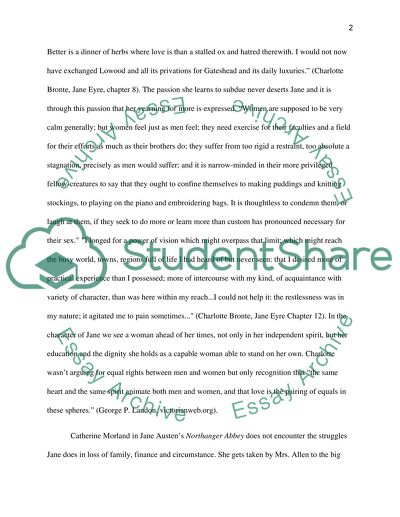Cite this document
(“This Terrific Separation: The Experience of Girlhood in Jane Eyre and Research Paper - 1”, n.d.)
Retrieved de https://studentshare.org/english/1429688-this-terrific-separation-the-experience-of
Retrieved de https://studentshare.org/english/1429688-this-terrific-separation-the-experience-of
(This Terrific Separation: The Experience of Girlhood in Jane Eyre and Research Paper - 1)
https://studentshare.org/english/1429688-this-terrific-separation-the-experience-of.
https://studentshare.org/english/1429688-this-terrific-separation-the-experience-of.
“This Terrific Separation: The Experience of Girlhood in Jane Eyre and Research Paper - 1”, n.d. https://studentshare.org/english/1429688-this-terrific-separation-the-experience-of.


